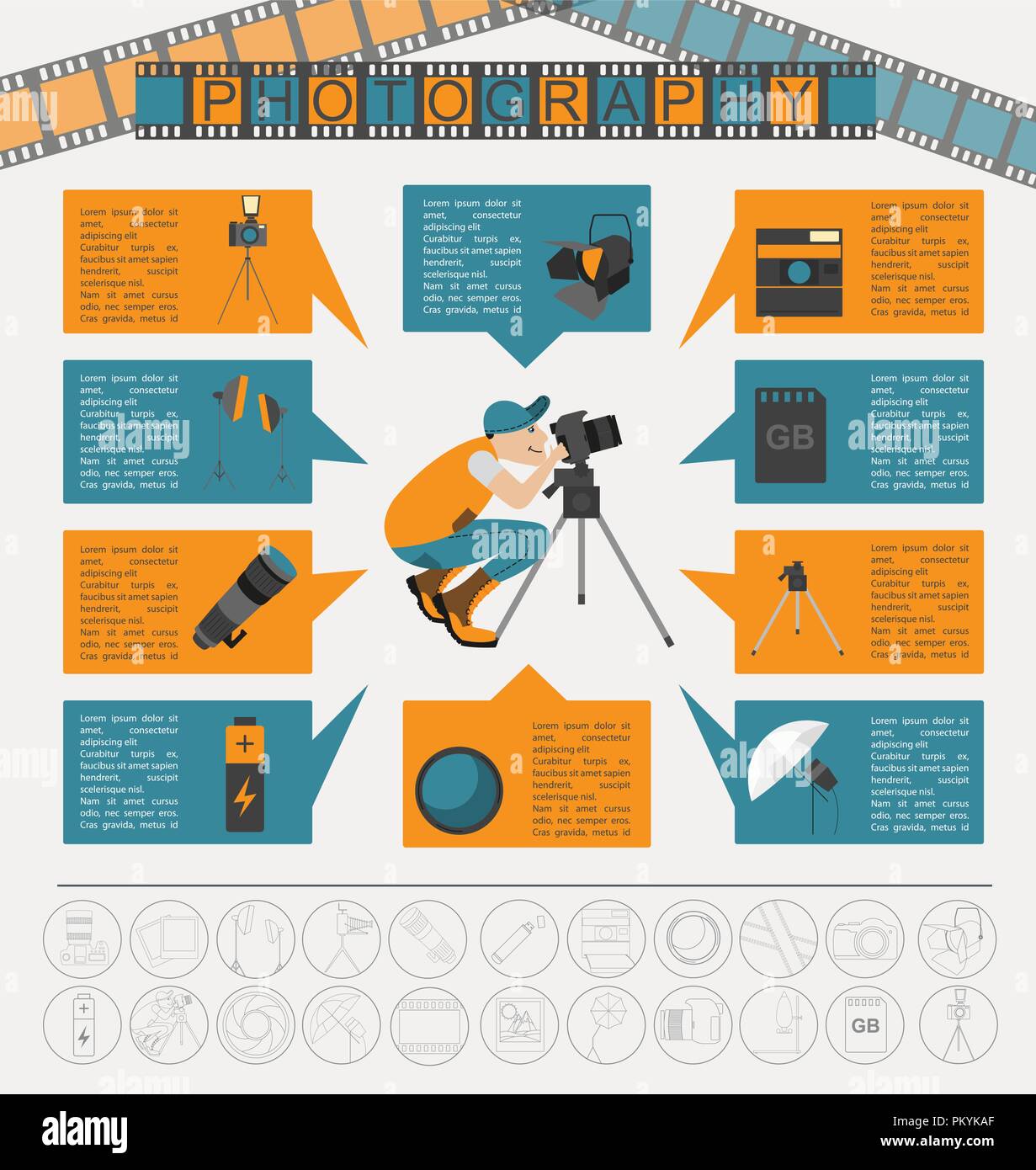What Every Photographer Must Find Out About Illumination
What Every Photographer Must Find Out About Illumination
Blog Article
Post Created By-Greenwood Olsson
As a professional photographer, you know that lighting can make or damage your images. Comprehending the nuances of both all-natural and artificial light is necessary for catching the state of mind and quality you go for in your job. Whether you're chasing the perfect golden hour radiance or adjust your artificial configurations, grasping these aspects can boost your photography dramatically. However there prevail pitfalls that lots of ignore, and recognizing them can transform your approach to every shoot. Let's explore what you could be missing and how it can impact your outcomes.
Comprehending Natural Light
Recognizing all-natural light is critical for any kind of professional photographer aiming to enhance their work. It's the structure of great digital photography, influencing mood, tone, and clearness. When you fire outdoors, take notice of the time of day. The gold hour-- quickly after dawn and prior to sunset-- provides soft, warm light that can change regular scenes into spectacular pictures.
Do not underestimate the power of cloudy days. Cloud cover diffuses sunlight, creating a soft, even light that's best for portraits and macro digital photography. You'll find shades pop in this sort of lights without severe darkness.
Placing issues, as well. Always consider your topic's positioning to the light source. If Headshots for business 's behind your subject, you may end up with a silhouette, which can be dramatic but mightn't be what you desire. On the other hand, straight sunshine can produce uncomplimentary darkness.
Experiment with angles; often, changing your viewpoint can yield fantastic results. Usage natural reflectors, like water or sand, to jump light onto your topic, adding measurement.
Mastering Artificial Light
Understanding artificial light is necessary for professional photographers that want to take their abilities to the following degree. Whether you're using speedlights, studio strobes, or continual lights, understanding exactly how to manipulate these resources can dramatically enhance your pictures.
Begin by familiarizing on your own with the fundamentals of light top quality, direction, and color temperature level. Experiment with different modifiers like softboxes, umbrellas, or grids to control the soft qualities or harshness of the light.
You'll discover that soft light usually creates lovely results, while harsher light can add dramatization and deepness. Don't avoid shadows; they can improve the three-dimensionality of your topics.
Pay attention to the positioning of your lights. A light located too near to your topic can create uncomplimentary results, while also away can bring about a lack of detail. Utilize a light meter or your electronic camera's pie chart to guarantee you're exposing correctly.
Last but not least, remember that artificial light can be mixed with ambient light for innovative effects. Balancing these sources could take method, once you master it, your photography will truly radiate.
Strategies for Various Circumstances
When you step into different capturing circumstances, adjusting your lights strategies is vital for recording the most effective images. For outside pictures, use the gold hour-- early morning or late afternoon light-- to soften darkness and improve complexion.
If it's a severe midday sun, think about making use of a reflector to bounce light back onto your topic or seek shaded areas for a more also exposure.
In low-light circumstances, like indoor events, raise your ISO and utilize a broad aperture to allow in even more light. A tripod can aid get rid of camera shake, allowing for longer direct exposures without obscuring.
If https://blogfreely.net/jewell557carla/imaginative-digital-photography-ideas-releasing-your-creative-imagination shooting at night, try out off-camera flash to create vibrant lighting and deepness in your pictures.
For product photography, utilize diffused illumination to prevent harsh reflections. Softboxes or light outdoors tents can assist attain this impact.
When photographing landscapes, consider the instructions of light and time of day, as it can dramatically change the state of mind of your shot.
Constantly be ready to change your settings and positioning based on the situation, as flexibility is vital to understanding illumination in photography.
Verdict
To conclude, grasping lights is crucial to raising your photography skills. Embrace all-natural light's appeal throughout gold hour, and do not shy away from trying out man-made light techniques. By adapting your method to various scenarios, you'll capture stunning pictures that reverberate with emotion and clearness. Remember, the ideal lights can change an average shot into something extraordinary, so keep practicing and fine-tuning your understanding of both natural and fabricated light. Pleased capturing!
